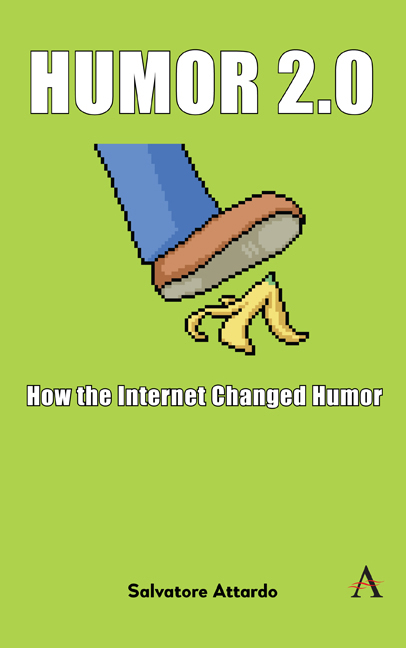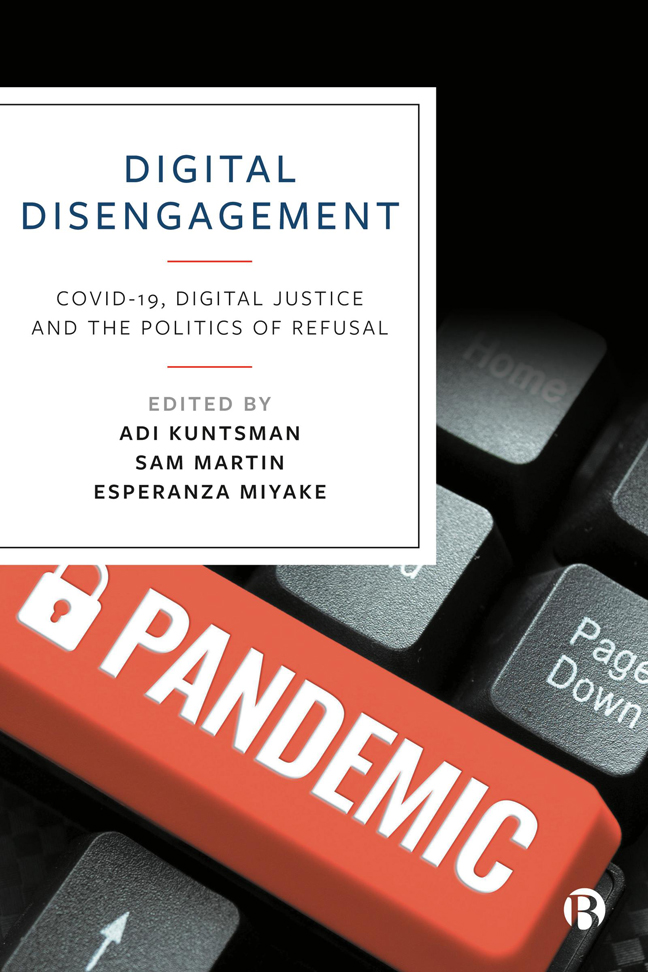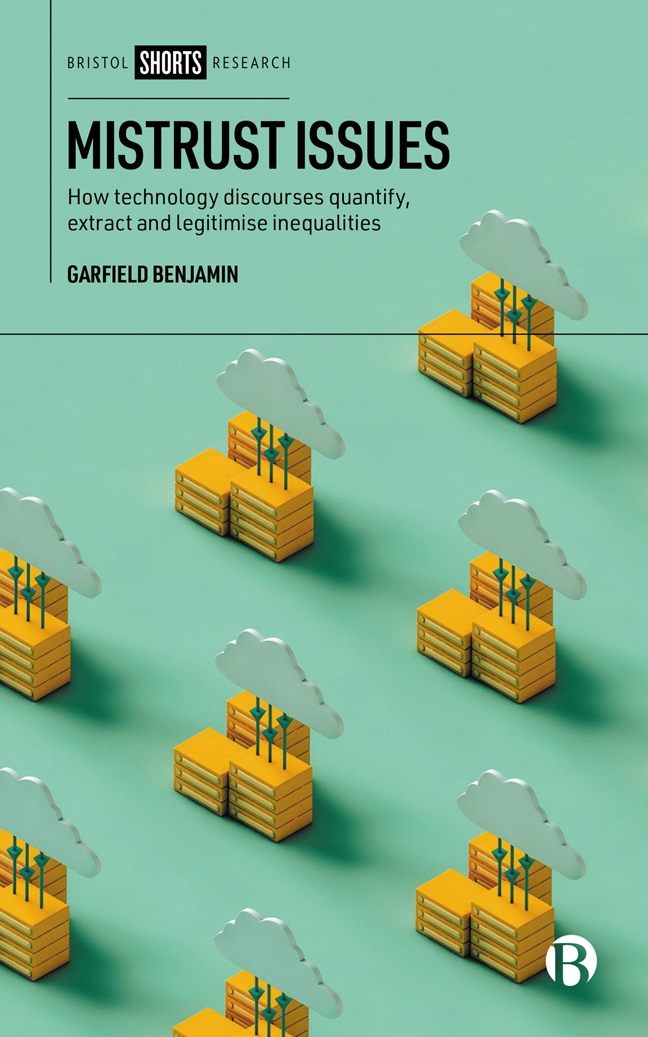Mud mood
An observation on human existence today might benefit from hurtling backwards to some sort of origin, mythic or not. We are golems, mud people, inanimate matter that had life breathed into it, once long ago. We crawled from the mud. We shaped it around us eventually to make a shelter. Now we might think we are elevated above it, have asphalted over it or fenced it off. Mud is from another time, if not another place. Mud is not conceived of as modern, as the stuff that builds up our digital worlds. Mud surrounds us still, but it is not meant to figure in our futurist dreams, our fully automated futures, our clean technologies or shiny screens and interfaces that are all we are meant to desire. The opposite of mud must be the liquid crystal. Mud is opaque, unlike liquids and crystals. Mud is dirty, unlike our dreams of liquids and crystals. Mud is brown and sticky, unlike our flowing liquids, our translucent crystals. Mud must be the contradiction of the liquid crystal environments that illuminate our cities, our homes, our own bodies – greeny, bluey, cool whitish light reflected chin-ward – which are not brown, opaque, sticky, dirty. But sometimes mud floods in on us. We find ourselves stuck in the mud, actually or metaphorically. Landslides, mudslides occur periodically, the result of development, the stripping away of trees, encouraged by extreme weather events. But mud sticks to us in another way, is our inheritance, is what we came from but cannot brush off easily. To start in the mud, mud-bound, in any reflection, is to evoke a primal state before our time, when there was only mud. This mud was a context for life and, indeed, has been found in its kaolinite form to hold traces of the soft, microbial life of 540 million years ago, which did not leave fossils, because it lacked hardness. In time, life hardened, and in time too, mud became clay, became the vessels and objects of something called civilization.
Mud is old, but mud is still present, is still our ground, even if we rarely touch it. To reflect on it allows an acknowledgement of how much there is, in our time, in theory, a love affair developing with matter and materiality, with its capacities, its possible liveliness, its unpredictability, its self-orientations, that can be mobilized for us.


